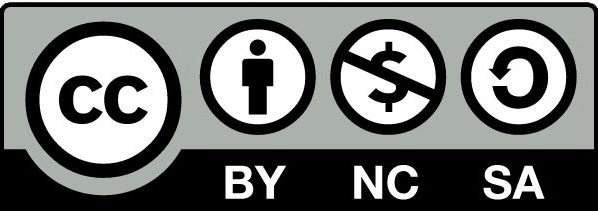N
National control laboratory (NCL): In countries where biological products are produced, the NRA should have appropriate expertise to evaluate the adequacy of the manufacturer’s establishment and facilities, starting materials, production processes, control-tests procedures and product specifications, to determine whether they meet international and/or national standards/requirements. These control activities should be fully independent of those of the manufacturer; ideally the national laboratory facilities should form a single administrative unit designated as the national control laboratory. The NCL may be administered directly by, or on behalf of, the NRA. (WHO)
National regulatory authority (NRA): Government agencies tasked with regulating and supervising pharmaceuticals and biological products such as vaccines released for public distribution. All countries need some sort of NRA, but “producing” countries need to exercise six critical control functions in a competent and independent manner backed up with enforcement power. “Procuring” countries also need minimum four of these six critical functions while “donor dependent” recipient countries need two. (WHO)
Critical control functions of NRAs depending on the vaccine source (WHO)

Negative likelihood ratio: Proportion of probability of individual with the condition having a negative test to probability that an individual without disease has a negative test. Since numerator is the converse of sensitivity, and the denominator is the specificity, it can also be explain as proportion of converse of sensitivity to specificity. Also see validity.
Negative predictive value: The probability that subjects with a negative diagnostic test truly do not have the positive condition (disease). Also see validity.
Net storage capacity: The total volume available for storing TTSPPs, taking account of the type of load support system employed (floor-standing pallets, adjustable pallet racking, shelving units or cabinet). Net storage capacity is calculated by multiplying the gross storage capacity of the load support system by the utilization factor (less than one) that can be achieved for the chosen stock-keeping unit type. (WHO)
Non-Article 5 country: Parties to the Montreal Protocol that have an ODS consumption of greater than 0.3 kg per capita on the date of entry of the Montreal Protocol, or at any time thereafter within 10 years of the date of entry into force of the Protocol.
(UNEP Ozone Secretariat)
1. Andorra |
26. Latvia |
Under the amendments and adjustments to the Protocol, non-Article 5 parties were required to phase out production and consumption of: halons by 1994; chlorofluorocarbons (CFCs), carbon tetrachloride, hydrobromochlorofluorocarbons and methyl chloroform by 1996; bromochloromethane by 2002; and methyl bromide by 2005. Article 5 parties were required to phase out production and consumption of hydrobromochlorofluorocarbons by 1996, bromochloromethane by 2002, and CFCs, halons and carbon tetrachloride by 2010. Article 5 parties must still phase out production and consumption of methyl chloroform and methyl bromide by 2015. Under the accelerated phase-out of hydrochlorofluorocarbons (HCFCs) adopted at the Nineteenth Meeting of the Parties to the Montreal Protocol (MOP 19), HCFC production and consumption by non-Article 5 parties was frozen in 2004 and is to be phased out by 2020, while for Article 5 parties, HCFC production and consumption was to be frozen by 2013 and phased out by 2030 (with interim targets prior to those dates, starting in 2015).
Non-clinical evaluation of vaccines: All in vivo and in vitro testing performed before and during clinical development of vaccines. The potential toxicity of a vaccine should be assessed not only prior to initiation of human trials, but throughout clinical development. (WHO)
Non-clinical Study: Biomedical studies not performed on human subjects.
Non-inferiority trial: A trial with the primary objective of showing that the response to the investigational product is not clinically inferior to a comparative agent (active or placebo control). (ICH E9)
Non-maleficence: Doing no harm.
Numerator: The number of parts being considered, where each part is an equal fraction of the whole; dividend.
Nylon: Group of plastics known as polyamids. The majority of nylons tend to be semi-crystalline and are generally very tough materials with some thermal and good chemical resistance. Usually used in bags for short transport, such as from hospital/pharmacy to home. In other cases, nylon is used as exterior material for EPP, EPS and XPS type packaging.


The users of this electronic publication are free to share (to copy, distribute, display and perform the work and make derivative works based on it only for noncommercial purposes); and to remix (to adapt the work) under the following conditions:
Attribution - The work must be attributed in the manner specified by the author or licensor (but not in a way that suggests that they endorse you or your use of work)
